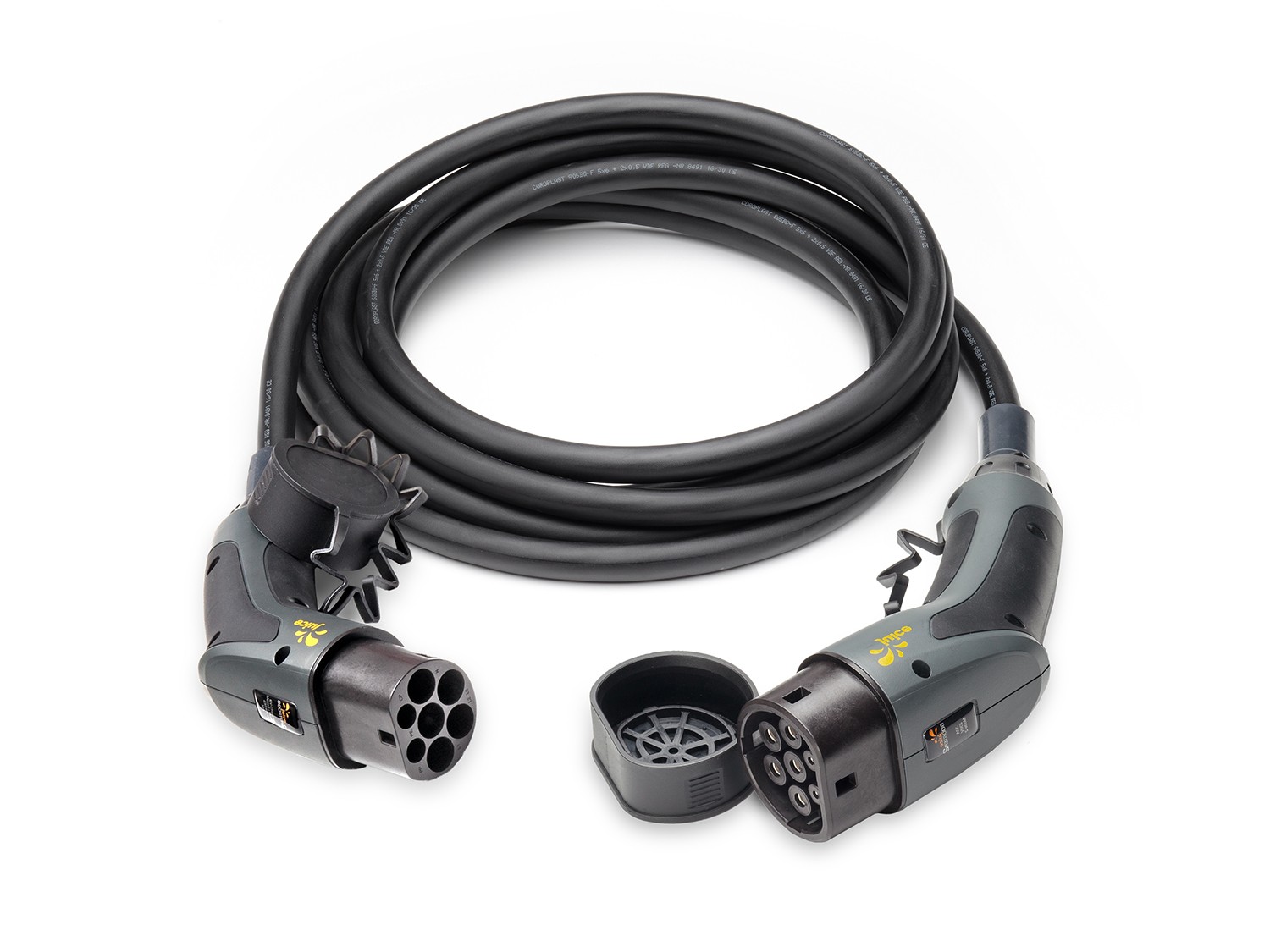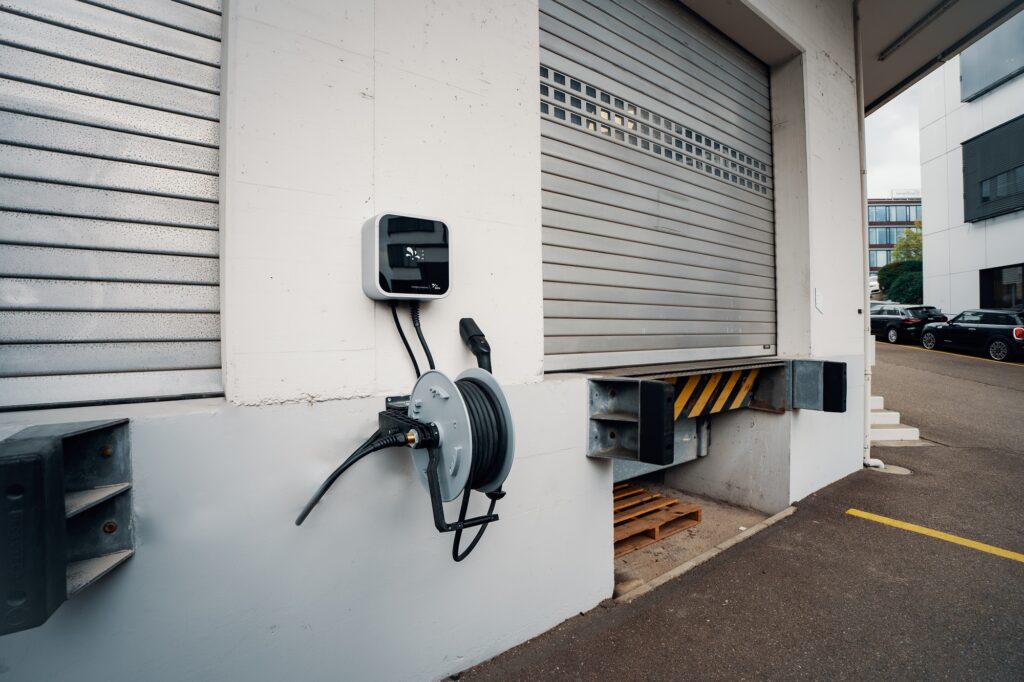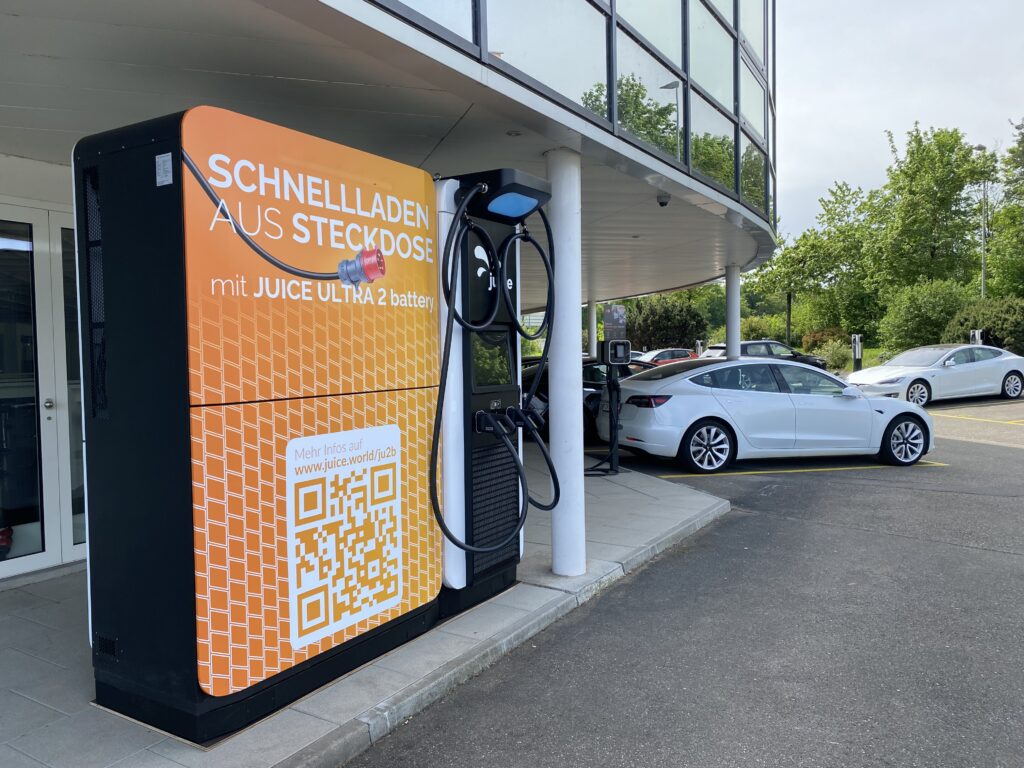The cost factor and the transformation of the automotive market
Lars Thomsen – futurologist, founder of the “future matters” think tank and member of the board of directors of Juice Technology AG – gives an insight into current developments in the electromobility market. His conclusion: electromobility is still on the rise, even if the market currently appears somewhat unstable.
The current instability of the vehicle market, particularly in Europe, can be attributed to market distortions brought about by Covid-19, supply chain issues, increased energy costs, recession and inflation fears, delivery problems and altered conditions for state subsidies. However, the slump in demand witnessed in the first half of the year, particularly for BEVs, was merely temporary and is far from unusual in the case of changes to the subsidy system.
It’s all about the TCO
The commonly held opinion that electric cars are more expensive than their internal-combustion counterparts is simply not true. In virtually all cases, the electric model performs better than the internal-combustion option – even in times of high electricity costs and low fuel prices. Ultimately, it is not the purchase price that dictates which vehicle model is cheaper, but rather the total cost over the entire usage period.
The true cost of a vehicle is reflected in the total cost of ownership (TCO) which, along with the purchase price and operating costs, also includes depreciation, fixed costs such as insurance and vehicle tax as well as maintenance costs. According to the ADAC, BEVs have a clear advantage over their internal-combustion counterparts in virtually all vehicle classes. In terms of cost, they are not always competitive in the micromini and subcompact segments, but this situation is now also changing in light of future resale values and the now rapidly growing range of inexpensive models available in these classes.
Focus on the premium and luxury class
Established automotive manufacturers have previously concentrated their efforts on the popular SUV segment and the luxury class, which offer higher returns and whose clientele is less price-sensitive. When it comes to electric drives, the focus has always been on the premium segment, where new technologies are generally more competitive. Added to this, the increased cost of energy, raw materials and electronic components is making margins ever smaller, and when chips are in short supply, the allocations shift to the more profitable products.
Yet it is micromini and subcompact vehicles in particular that represent entry points into the world of mobility and also pique the interest of the masses – regardless of their drive type. If we consider the traditional market development, we are now transitioning from the introduction to the growth phase. The target group is becoming broader, and demand for function-oriented vehicles is increasing.
China the main beneficiary and driver of development in the global markets
In Europe, the range of affordable small and medium-sized cars in the BEV segment is lagging behind. This in turn is aiding the market entry of numerous Chinese and other Asian electric car manufacturers. Especially in the market for family and commuter vehicles costing up to 30,000 euros, the new Chinese manufacturers offer models for which the established car makers have previously offered few alternatives.
Starting from the mid-size car segment, e-vehicles offer enormous price advantages over petrol models – even if the petrol price were to drop to 1.50 euros. And this is where we now see the tipping point at which electric cars have a lower TCO than vehicles with combustion engines, even in the small and medium-sized segments.
By 2030, virtually the entire new vehicle market will be completely electric. In particular, the entry of Chinese manufacturers into the European market will drive the proportion of fully electric cars in these markets to over 45 percent of new registrations by as early as 2025. This will increase the pressure on established manufacturers to develop and offer competitive models in the small and medium-sized segments.
The trend towards electromobility continues unabated
As a result, more and more affordable models will be available to the general public in the coming years. This will make electromobility significantly more competitive than conventional drives not only in terms of the overall costs, but also with regard to the purchase price. The trend therefore remains positive and the next important tipping point, where emission-free driving will penetrate all segments, is already within reach.
























